Faculty Mission
Kick off the school year with a ridiculously-engaging team-building experience.
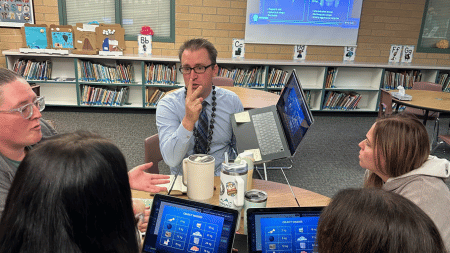
Team Building
Teachers will be assigned roles on specific teams to help manage the futuristic spaceship. Communication is critical to the Mission's success.
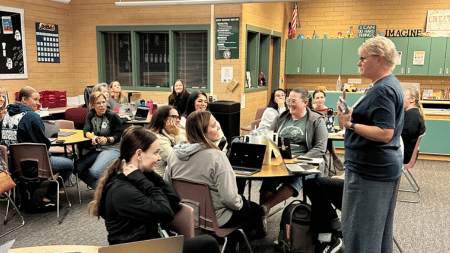
Problem Solving
Teams will review Mission data together, discuss their findings, and decide on the best course of action to move the Mission forward.
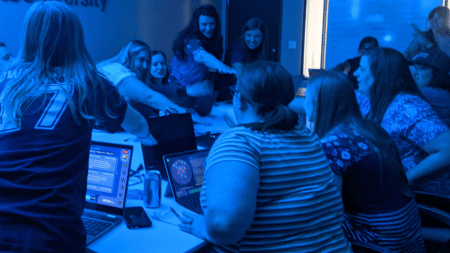
Teacher Engagement
If teachers don't work together effectively, they will likely experience a dramatic and catastrophic end.
Join the Mission
Teachers join the Mission the same way students do—by entering a 4-digit code and stepping into the crew.
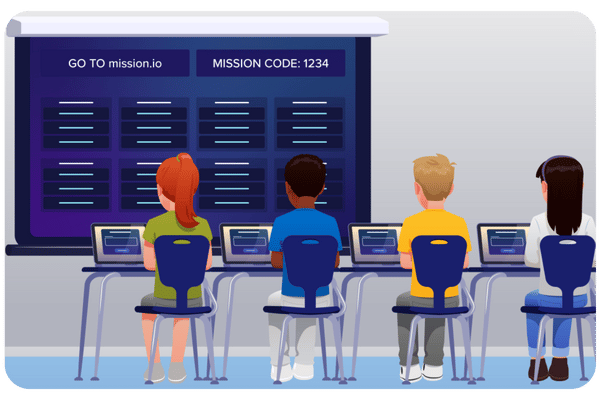
Mission Briefing
Your team receives the crisis report: volcanic eruptions are threatening a nearby planet, and citizens need to be evacuated — fast.
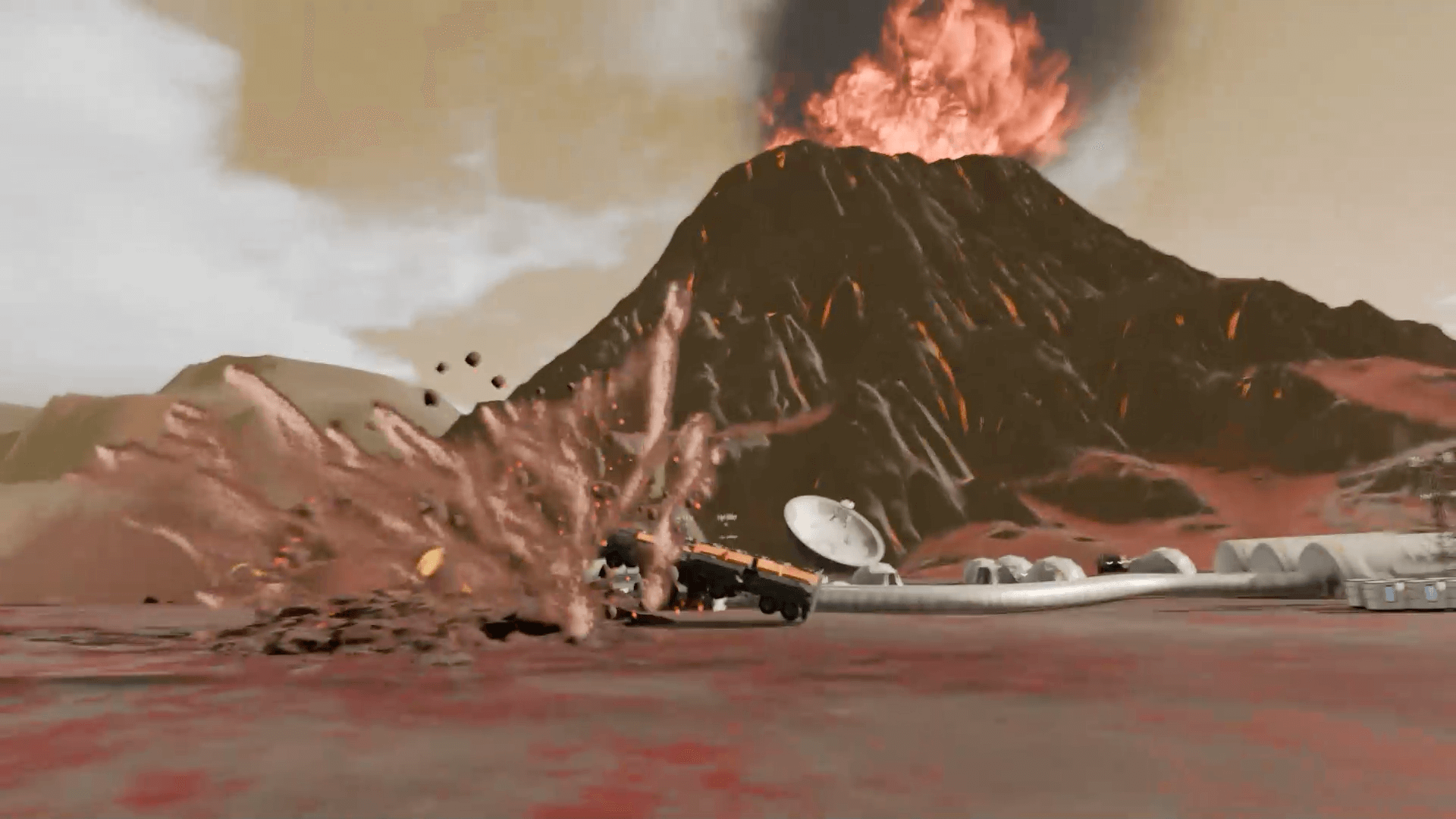
Choose Your Path
Review real data on multiple routes to the planet. There’s no “right” answer—just risk, reward, and group decision-making.
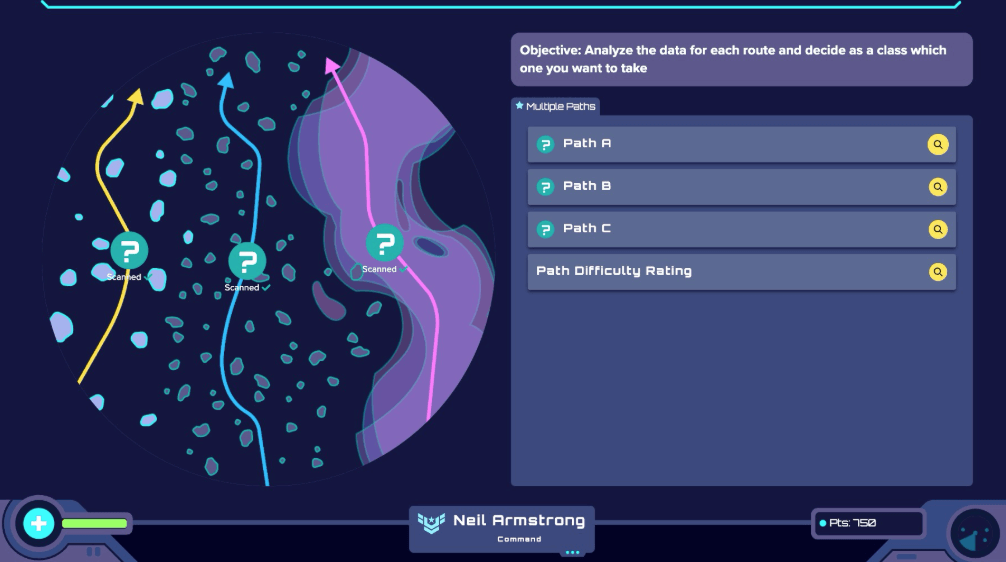
Navigate Together
The whole team works in sync to steer the ship along their chosen path.
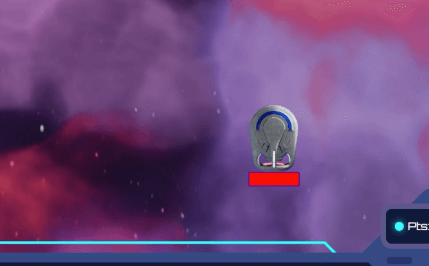
Evacuate the Citizens
Once they reach the planet, crews collaborate to rescue survivors before eruptions cut off their escape.
.png?width=1005&height=560&name=Capture-2025-08-20-153400%20(1).png)
Escape the Eruption
With time running out, everyone must coordinate to escape safely.
.png?width=770&height=487&name=Capture-2025-08-20-153527%20(1).png)
See Your Results
The team checks their leaderboard results to see how they stacked up against other teams around the world.
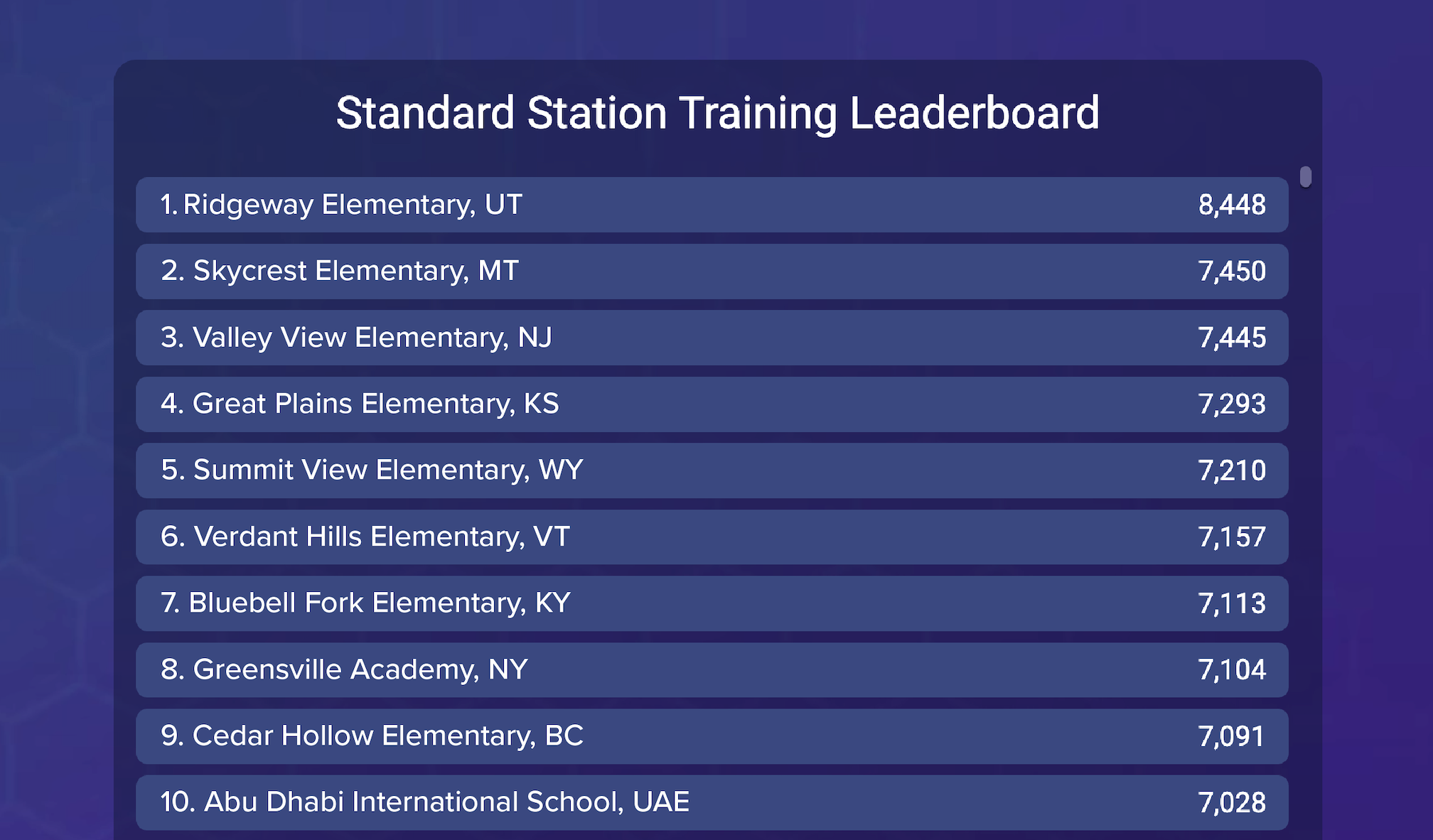
Frequently Asked Questions
Less than an hour. Most missions run about 30–40 minutes, plus a few extra minutes to get everyone connected and chat afterward. Perfect for a faculty meeting slot.
Zero. Zip. Nada. Faculty missions are free — and so is any help you need setting them up. We want more educators to experience this technology so it can reach more students.
Nope. The mission practically runs itself. All that we recommend is to watch a short “kick it off” video and the walkthrough video on the mission page.
That’s the dream! Teachers can spin up a free account and run the same mission they just played — plus 100+ more in the library.
The sweet spot is 15–35 (it’s built for a full class), but it works with smaller or bigger groups too. Not sure? Reach out and we’ll help you tailor it to your faculty size.
To run a successful mission, you need:
- An Internet-enabled device for every participant (Chromebook, iPad, etc.).
- A teacher computer connected to a projector or TV (main view screen where the story plays out).
- An audio system loud enough for participants to hear character dialogue.
No one needs to download anything, and the only one that needs to create an account is the person running it.
That’s it!
Absolutely. Teachers get just as hooked as students — and they walk away with a clear sense of what the experience feels like in the classroom.
It’s the easiest way to see what makes Mission.io different. Faculty missions double as team-building and hands-on training, so your teachers walk in curious and walk out confident.
Mission.io is strongest right now in K–8 STEM, where most of our content is directly tied to standards. But any grade can run missions — because every experience builds teamwork, problem-solving, and higher-order thinking skills that matter at every level. High school and beyond still get the same skill development and team-building benefits, even if the storyline isn’t tied to a specific unit of study.